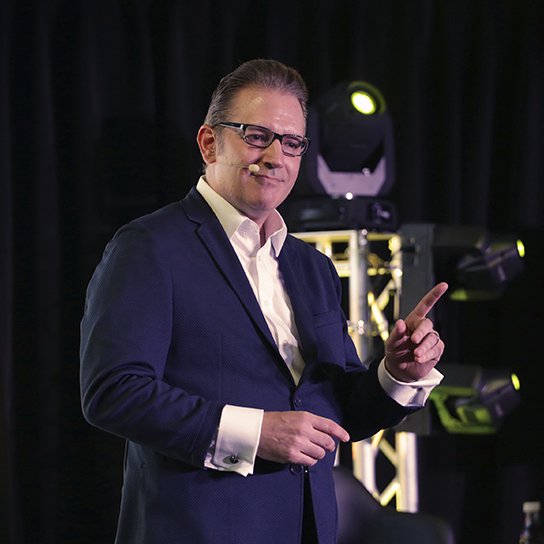In order to create a culture of innovation, your workplace needs certain characteristics in place.
Leaders must model innovative behavior and be open to new ideas. Employees need to feel comfortable sharing their thoughts and taking risks. And the organization must be structured in a way that supports creativity and change.
If you're looking to foster a culture of innovation in your workplace, start by evaluating your current environment and identifying the areas that need improvement. With some effort, you can create a work culture that is conducive to invention and growth.
3 Characteristics of a Workplace Culture of Innovation
Below are three characteristics of a workplace culture of innovation. One thing you’ll notice about each of these characteristics: a culture of innovation depends on leadership.
If you’re trying to figure out why the people you lead or teach are not performing at the level you expect, blame the system, not the people. Look for places where the system is designed to control who gets in, how they’re seen, who they’re allowed to be, what they’re allowed to do and how they’re allowed to do it.
People want to exceed your expectations. If they’re not, look for answers within your own leadership and the organizational culture you’ve built.
1. Characteristics of a Culture of Innovation: Inclusive Leadership
You can’t innovate if your culture is designed to exclude anyone who thinks differently, has a different set of credentials, or has seemingly unrelated education and work experience. To innovate you need new thinking. And to get new thinking, you need to throw out the rules that keep your team the same and embrace difference.
You must begin your approach to inclusive leadership with the understanding that people are individuals. They may identify as being members of a variety of groups (based on ethnicity, gender, job titles, academic degrees or even on their hobbies and interests). But at heart they are each individuals with capacity and dignity.
An inclusive environment fuels an organizational culture of innovation because it recognizes the value and the capacity of every individual, and gives them the room to activate that capacity at their fullest. When that happens, you will boost leadership and employee engagement while achieving a truly inclusive environment that invites and unleashes inclusive working and diverse thinking.
2. Characteristics of a Culture of Innovation: Self Awareness in Leadership
It takes self awareness to accomplish inclusive leadership. We typically don’t realize when we’re holding onto standards of the past or to best practices that don’t serve us anymore. You have to be willing to learn enough about yourself to recognize when you’re the one stifling innovation.
How might you be doing that? Here’s a quick test:
- Have you ever told someone: “That’s not how we do it”? That keeps people from feeling free to experiment or share their thoughts and ideas.
- When you’re hiring, do you judge people by whether or not they would be “a good fit”? That forces people to pretend to be just like you, rather than be who they are.
- Look at the ways you measure success: do you reward perfection and/or punish mistakes? If so, you will never experience people at their fullest capacity—because they realize it’s better to play it safe rather than risk a mistake.
If you continue with status quo suppression, you will continue to hold people back right when you need them the most.
3. Characteristics of a Culture of Innovation: A Leadership Framework That Removes Obstacles
Once you’ve identified possible obstacles to innovation, you need a leadership framework that helps you remove them.
One framework I use often: assess + interrupt + pivot.
Assess why your team is not innovating: are they afraid to fail? Have they seen any evidence that it’s safe to try new things? Or, has it been the opposite: have they seen evidence that they’ll be ridiculed or ignored for sharing a new idea?
Interrupt: find a place to interrupt. For example, to stop ignoring new ideas, create a habit and a process for genuinely considering an idea with the whole team.
Pivot: start using your new process. Be specific about how it will work. For example, write down some next steps when someone shares an idea. Those steps might include:
- Write the idea down and keep it in an ever-evolving folder of ongoing ideas.
- Add it to the agenda of the next team meeting.
- Ask the person who shared the idea to dig into further and share it with the team.
Those are just suggestions. The key is to get specific and create a process so ideas are no longer ignored.
Conclusion
Leaders who are self-aware and understand the dynamics of their team can create a workplace culture of innovation. Inclusive leadership creates an environment where all voices are heard, which leads to new ideas and solutions. A framework that removes obstacles helps leaders remove barriers to creativity and productivity.
If you want to learn more about how to create a workplace culture of innovation or need help developing your leadership skills, join our leadership training programs today.
Don’t leave your organizational culture to chance. Transform your workplace culture with GLLG leadership training programs.









